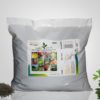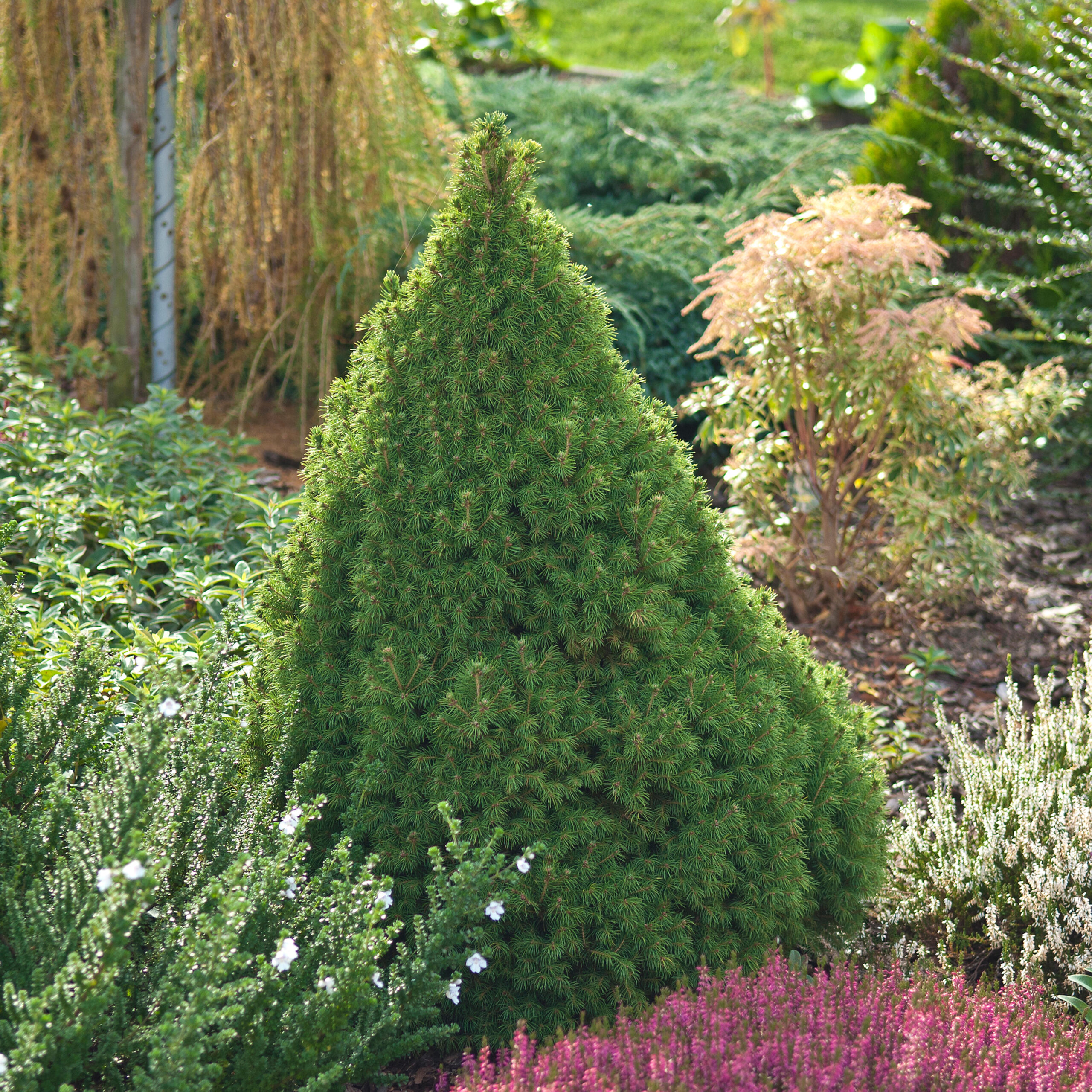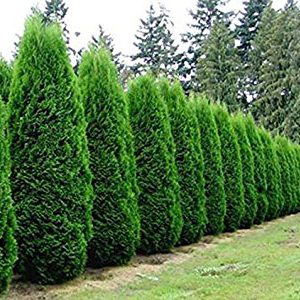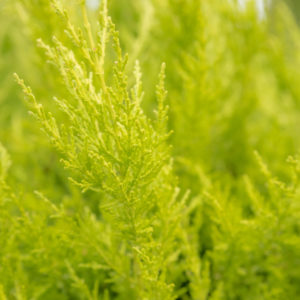Picea glauca ‘Conica’ (Dwarf Alberta Spruce)
€25.00
Frequently Bought Together



Description
Quick Facts
- Common Name: Dwarf Alberta Spruce, Dwarf White Spruce
- Botanical Name: Picea glauca ‘Conica’
- Plant Type: Evergreen conifer
- Mature Height: 2-3m (after 20+ years)
- Mature Spread: 1-1.5m
- Flowering Period: N/A (conifer)
- Flower Colour: N/A (produces small cones)
- Foliage: Bright green, soft, densely packed needles
- Hardiness: RHS H7 (very hardy)
- Soil Requirements: Moist, well-drained, slightly acidic to neutral
- Aspect: Full sun to partial shade
- Maintenance: Low
Description
Discover the timeless charm of Picea glauca ‘Conica’, the beloved Dwarf Alberta Spruce that brings year-round structure and elegant formality to Irish gardens with its perfect conical form and soft, bright green needles. This exceptional slow-growing conifer offers the majesty of a full-sized spruce in a compact, manageable form, creating living sculptures that maintain their impeccable shape naturally without pruning, bringing sophistication and architectural presence to gardens of every size.
Throughout every season, this magnificent conifer displays its perfectly symmetrical cone shape adorned with densely packed, soft bright green needles that create a fine-textured appearance reminiscent of miniature Christmas trees. In spring, fresh lime-green new growth emerges at the tips, creating a beautiful two-toned effect that adds seasonal interest. The slow, steady growth habit ensures this living sculpture maintains its elegant proportions year after year, creating enduring beauty that evolves gracefully with time.
Discovered as a natural mutation in the Canadian Rockies near Lake Laggan, Alberta, this remarkable dwarf form brings alpine heritage and exceptional cold tolerance to Irish gardens. Incredibly hardy and adaptable, ‘Conica’ thrives in our temperate climate, tolerating our changeable weather whilst maintaining its pristine form and vibrant colour throughout the year, asking for little care yet delivering maximum impact.
Create stunning formal compositions by pairing this architectural treasure with clipped box balls, lavender, and ornamental grasses for structured elegance, or plant in matching pairs flanking doorways and pathways for classical symmetry. Magnificent as specimen plants in mixed borders, in containers for patios and terraces, or arranged in groups of varying heights where their perfect conical forms will bring timeless structure, year-round colour, and enduring beauty to your garden.
Caragh Garden Notebook
Planting: Space plants 1-1.5m apart for groupings, or allow 2m for specimen planting. Plant in autumn or spring in moist, well-drained soil. Dig holes twice the width of the root ball and incorporate organic matter. Plant at the same depth as the container, ensuring the root flare is visible. Water thoroughly and mulch around the base, keeping mulch away from the trunk.
Soil Preparation: Thrives in slightly acidic to neutral soil with pH 5.5-7.0. Prefers moisture-retentive yet well-drained conditions enriched with organic matter. Tolerates a range of soil types including clay if drainage is adequate. Avoid waterlogged sites and extremely dry, sandy soils. Benefits from shelter from strong winds in exposed locations to prevent needle browning.
Container Growing: Excellent for long-term container growing using quality, soil-based compost with added grit for drainage. Choose pots minimum 50cm diameter for mature specimens. Water regularly during growing season, reducing in winter but never allowing to dry out completely. Feed in spring with slow-release balanced fertiliser. Protect containers from severe frost by wrapping or moving to sheltered locations.
Seasonal Care: Requires minimal pruning as it maintains its perfect shape naturally. Remove any dead, damaged, or wayward branches in late spring if needed. Apply slow-release balanced fertiliser in early spring. Mulch annually with organic matter to retain moisture and suppress weeds. Water during prolonged dry spells, especially when establishing and during hot summers. Monitor for red spider mite in hot, dry conditions.
Propagation: Propagate from semi-hardwood cuttings taken in late summer, though success rates can be variable. Use hormone rooting powder and root in well-drained compost with bottom heat. Alternatively, graft onto rootstock in late winter (specialist technique). Most gardeners prefer to purchase nursery-grown plants for guaranteed quality and form.






